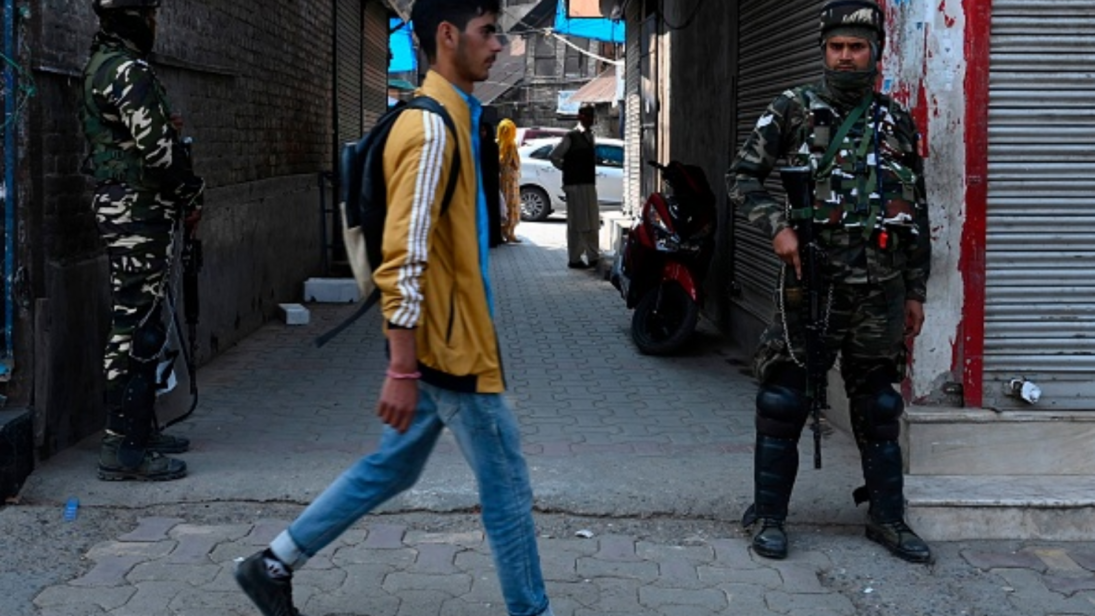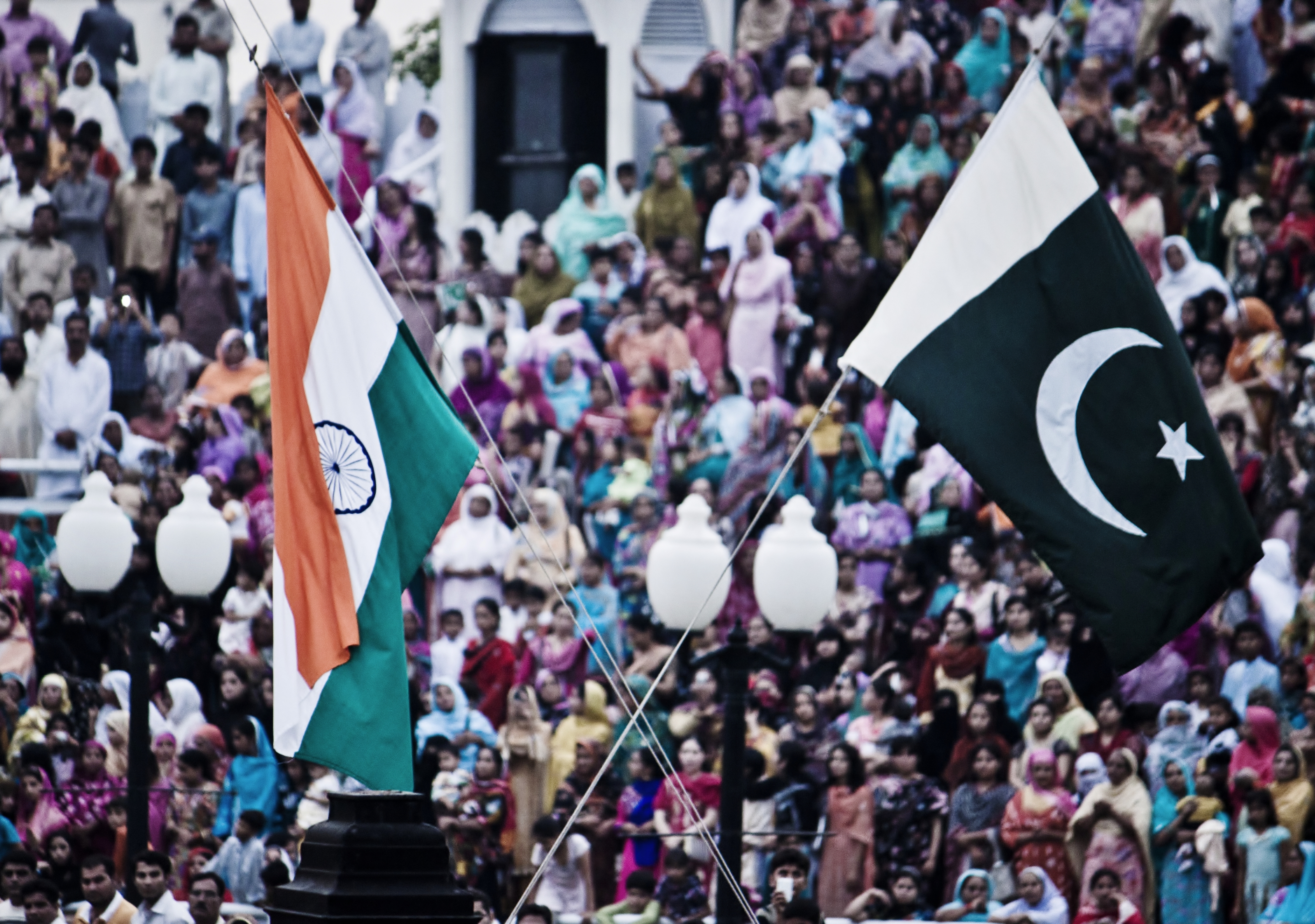
India’s withdrawal of Article 370 from Jammu & Kashmir (J&K), stripping it of its semi-autonomous status and turning it into a Union Territory, marks a fundamental shift in the country’s constitutional relationship with the erstwhile state. The forcible integration of Kashmir into mainland India runs against the predominant public sentiment in the Valley, which is the site of a three-decade-long separatist struggle that has cost more than 70,000 lives. In addition, the revocation of Article 370 has antagonized Pakistan, which also claims sovereignty over Kashmir and has called for India to reverse its decision. As a result of recent events in Kashmir, there are two trends that analysts should expect in the coming months: one, the alignment of separatist and unionist agendas against New Delhi’s Article 370 move, and two, renewed Pakistani attempts to resist this Indian decision through support for militancy in Kashmir, causing a likely flare-up in violence.
Background
Article 370 was conferred on Kashmir by New Delhi in the early years after Partition in lieu of the state choosing to accede to India instead of Pakistan, which it was entitled to join per the logic of Partition. The article gave Kashmir a degree of autonomy in running its internal affairs and also guaranteed the preservation of its identity and demographic character. Over the years, New Delhi whittled down the provisions of Article 370 in J&K, but the state continued to have its own constitution and flag. More importantly, Article 35A, one of the provisions of Article 370, which forbade outsiders from settling in J&K, remained in force.
With New Delhi’s unilateral revocation of Article 370 on August 5, these symbols and safeguards have disappeared, creating a deep new grievance among people in the Valley. For freedom-seeking Kashmiris who have been struggling against Indian rule for the past three decades, the revocation of Article 370 has downgraded their state beneath what was already an unacceptable status quo. Now, instead of being governed by an elected local government with a partial autonomous status, they will be ruled directly from New Delhi. Further, with Article 35A gone, Kashmir no longer enjoys safeguards for its unique culture and Muslim majority character, paving the way for potential dilution of these in the future.
In protest of the repeal of Article 370 and the central government’s move to suspend phone and internet services in J&K to curb mass resistance, ordinary Kashmiris have kept Kashmir essentially shut for over 75 days. Protests in the Valley reverberating with slogans of “one solution, gun solution” and official estimates of around 300 law and order incidents in August alone indicate the deep discontent among Kashmiris and that this fight is far from over.
Alignment of Separatist and Unionist Agendas
Unionists have traditionally fought for autonomy for J&K within India’s constitution while separatists demand complete freedom from India. However, for once, there is an eminent possibility that both separatists and unionists may define their politics as adversarial to New Delhi. This is because the protections afforded to Kashmir under Article 370 and Article 35A by the central government were the basis of the unionists’ support for J&K staying with India. With the removal of these protections, the unionists have been deprived of their rationale, and may thus align with separatists to stand in opposition to New Delhi. Recognizing this, currently-detained unionist Kashmiri politician Shah Faesal warned that Kashmiri leaders may now have to choose either to be stooges of New Delhi or separatists.
This alignment of unionist and separatist agendas can pose the biggest challenge for New Delhi in Kashmir —for the first time in 72 years, it may find that no credible Kashmiri leader is on its side. Once released from detention, erstwhile pro-establishment politicians could decide to unite and launch a mass movement for the reversal of Article 370’s withdrawal, as was indicated recently by National Conference leader Hasnain Masoodi, a Member of Parliament. Already, the major Kashmir-based unionist parties like the National Conference and the Peoples Democratic Party are considering boycotting the upcoming Block Development Council polls, a practice hitherto exclusively followed by separatists. Should unionist leaders unite with separatists, the long-running movement for the right to self-determination in J&K will go on alongside the struggle for restoration of autonomy under India’s constitution.

Pakistani Resistance
New Delhi’s withdrawal of Kashmir’s special status has greatly upset Pakistan, and its only choices now seem to be to either acquiesce to India’s move or attempt to prevent or resist it.
By unilaterally integrating Kashmir, India has rejected Pakistan’s claim over the state, rooted in the 1948 United Nation Resolution 47 that called for a plebiscite to allow the people of J&K to choose their fate. Additionally, rescinding Article 35A opens the door for outsiders to purchase land and settle in J&K, which could lead to a demographic change. If the demography of Kashmir changes substantially, this could nullify the basic condition for a possible future plebiscite, which presupposes no material change on the ground in the divided parts of Kashmir, and creating conditions for distortion of the outcome should the plebiscite be held. Leaders of the Rashtriya Swayamsevak Sangh, the ideological progenitor of the Bharatiya Janata Party, have often championed the dilution of the Muslim majority in Kashmir. In fact, the removal of J&K’s special status has already paved the way for the granting of Kashmiri citizenship to around 150,000 Hindu refugees from Pakistan.
If Pakistan wishes to resist India, it can either escalate through direct military action or infiltrate jihadis to exacerbate the ongoing militancy. Both are deeply risky, especially given India’s security preparations and Pakistan’s weak economy, which discourages a military confrontation with India. However, Islamabad is also unlikely to sit back and do nothing, given its past record of supporting the ongoing political and armed separatist movement in Kashmir despite global pressure to refrain.
For now, Pakistan has decided to mount a diplomatic campaign against India, drastically downgrading ties with New Delhi and Prime Minister Imran Khan using rhetoric against India at the United Nations and elsewhere. However, public opinion in Pakistan seems to be in favor of supporting the militancy in Kashmir, with various former diplomats and intelligence officials publicly calling for such action. Thus, one cannot rule out that violence may flare up in the near- to medium-term in J&K as a result.
A Fraught Future
Given the two trends discussed above, Kashmir’s future does not look bright. Once released, political leadership across the unionist and separatist divide is likely to resist the scrapping of Article 370, and any further moves by New Delhi that impact the Valley’s cultural or demographic character would aggravate the situation. Further, in recent weeks, media discourse about a fresh influx of militants into Kashmir from Pakistan has surfaced. Indian Army Chief General Bipin Rawat announced the reactivation of the “Balakot camp” in Pakistan, a terror launchpad which was the target of an Indian Air Force attack in February following the killing of 40 Indian paramilitary personnel in a suicide bomb attack in South Kashmir’s Pulwama. He threatened that the Indian response this time may go “beyond” the February airstrike. Rawat also claimed that around 500 militants are waiting to sneak into the Valley. Security estimates already put the number of existing militants in the Valley at around 250, most of them locals. The number has more or less remained unchanged over the past five years with killed militants getting replenished by fresh recruits. A rise in the number of foreign militants on the scene could dramatically alter the situation on the ground.
Any Pulwama-style suicide bombing or a major strike inside Kashmir or the rest of India that results in a heavy loss of civilian or security personnel lives could push the nuclear armed neighbors to the brink of another military confrontation. In February, swift international mediation helped to prevent a war. The outcome of a fresh military stand-off may not be as easy to contain.
***
Image 1: Tauseef Mustafa/AFP via Getty Images
Image 2: Jack Zallium via Flickr


